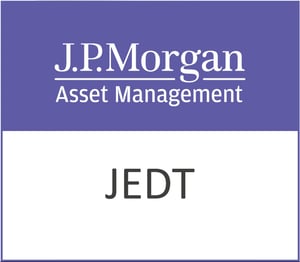Marriott International (NASDAQ: MAR), a titan in the lodging industry, commands a significant presence within the consumer cyclical sector. With a market capitalization of $60.25 billion, Marriott stands as a formidable player in the global hospitality landscape, operating an extensive portfolio of brands ranging from luxury to mid-scale accommodations. As investors eye the current market dynamics, Marriott’s stock presents intriguing potential, with an average target price suggesting a 26.64% upside.
Currently trading at $218.79, Marriott’s stock has demonstrated resilience within its 52-week range of $211.12 to $304.45. Despite a recent minor price shift of -0.02%, the company’s valuation metrics hint at underlying strengths and challenges. Notably, Marriott’s forward P/E ratio of 19.14, although not the lowest in the industry, suggests a reasonable valuation given the company’s established market position and growth potential.
One standout feature is Marriott’s free cash flow, which is a robust $1.95 billion. This financial strength not only provides a cushion in uncertain economic times but also supports the company’s dividend policy. With a dividend yield of 1.15% and a payout ratio of 28.93%, Marriott offers a steady income stream, appealing to income-focused investors.
However, the company’s revenue growth of 2.90% indicates a moderate pace, reflective of the broader economic challenges affecting the travel and hospitality sectors. While the exact net income and return on equity figures are not disclosed, the earnings per share (EPS) of 8.34 offers some insight into the company’s profitability.
Analyst sentiment towards Marriott is a mixed bag, with nine buy ratings, sixteen hold ratings, and a single sell rating. This composition reflects a cautious optimism, underscored by the wide target price range of $205.00 to $330.00. The average target of $277.08 suggests that analysts see potential for significant appreciation from current levels.
Technically, Marriott’s stock shows some divergence from its moving averages, with the current price below both the 50-day and 200-day moving averages, recorded at $256.53 and $257.38, respectively. The relative strength index (RSI) of 45.33 indicates that the stock is neither overbought nor oversold, while the MACD and signal line values suggest a bearish momentum.
Investors considering Marriott must weigh these factors carefully. The company’s extensive brand portfolio, market leadership, and solid cash flow generation are compelling attributes. Yet, the moderate revenue growth and current technical indicators require vigilance.
For those with a long-term perspective, Marriott’s diverse brand lineup and strategic geographic presence offer a promising narrative. As the global travel industry continues to rebound, Marriott is well-positioned to capitalize on this resurgence. The potential upside identified by analysts could present an attractive entry point for investors seeking exposure to the lodging sector’s recovery.






































